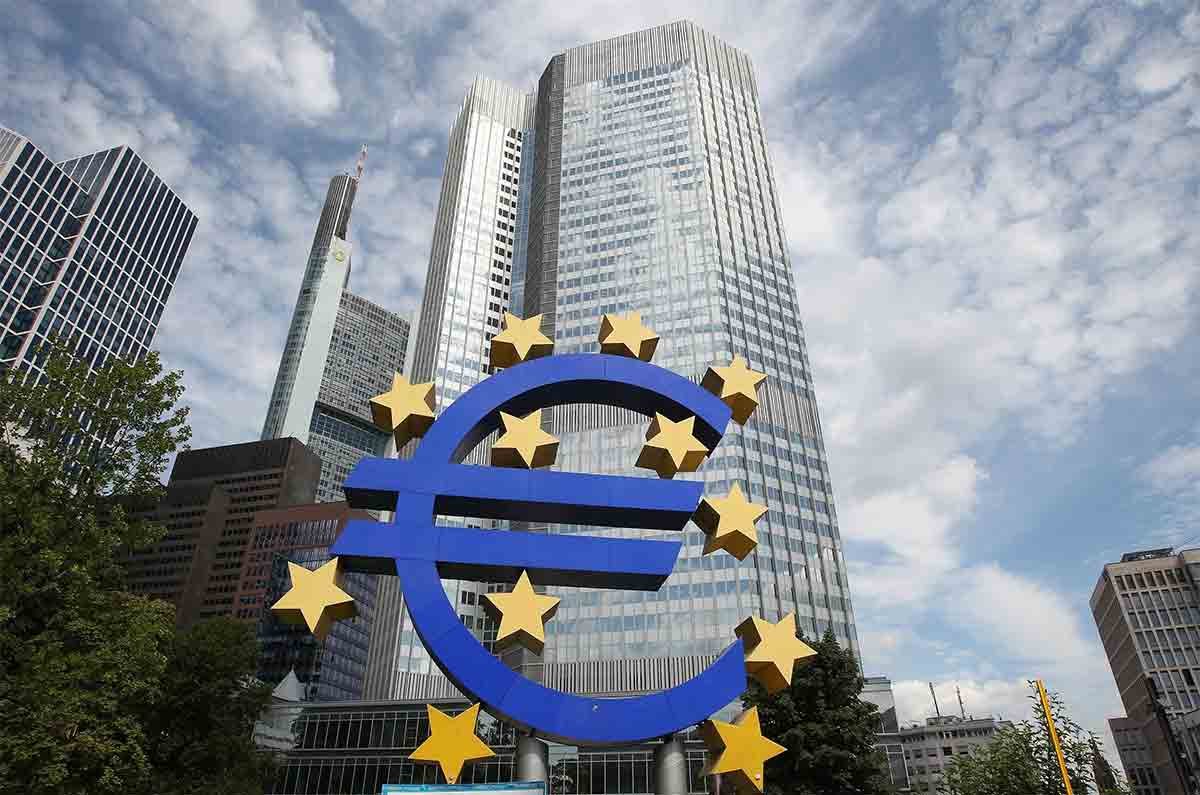The battle against climate change is on a collision course with Europe’s central banker’s mission of price stability, raising tough choices that could have a significant impact on the region’s future. The transition to a low-carbon economy is likely to fuel inflation, but responding to it by raising interest rates could hinder investments in cleaner energy. This presents a conundrum for monetary policy and efforts to combat climate change, as they risk working against each other, challenging the prevailing consumer-price-targeting philosophy of the past three decades.
The European Central Bank (ECB) is now confronted with difficult decisions. Raising borrowing costs would increase the price of investment in climate change mitigation. On the other hand, if officials tolerate higher consumer prices, they risk failing to fulfill their mandate of price stability. To address this dilemma, policymakers may consider embracing green lending, an idea already embraced in Asia but previously seen as unpalatable in Europe. This approach would require revamping monetary frameworks to incorporate the aspirations of environmental activists.
The urgency of the situation is becoming increasingly clear as the planet experiences extreme weather events, from record-low Arctic ice levels to unprecedented ocean temperatures. The transition to a low-carbon economy is expected to drive up inflation due to factors such as carbon taxes and the replacement of high-emission technologies with greener alternatives, which initially come at a higher cost. Bloomberg NEF reports that global investments of approximately $6.7 trillion per year will be necessary to achieve net-zero emissions by 2050.
The impact of this transition on inflation is projected to be significant. The International Monetary Fund estimates that Euro-area inflation could be up to 0.3 percentage points higher by the end of the decade. Sweden’s Riksbank found that energy prices will rise during the transition as the phasing out of carbon-intensive technologies reduces aggregate supply while demand for new technologies increases.
The challenge for central banks is to strike a balance between anchoring inflation expectations and supporting the transition to a greener economy. The ECB has suggested coping strategies such as excluding energy from inflation gauges and targeting a longer time horizon. However, the duration of the transition may exceed the terms of two ECB presidents, highlighting the need for adaptation in monetary regimes.
Also Read: IMF Developing Global Central Bank Digital Currency Platform
While central banks have acknowledged their role in fighting climate change, they often cite their inflation mandates as a constraint. However, some experts argue that monetary regimes should adapt and permit some price growth resulting from the transition. Former IMF Chief Economist Olivier Blanchard sees the climate change shift as a temporary issue that doesn’t warrant changes to inflation targets.
Central banks, including the ECB, have demonstrated an openness to evolution, but officials are cautious about diverging from their mandate, especially during a period of high inflation. ECB Executive Board member Isabel Schnabel emphasizes that price stability remains their core mission and the best contribution to fostering investment. Guntram Wolff, head of the German Council on Foreign Relations, echoes this sentiment, suggesting that finance ministries, taxpayers, and politicians should bear the responsibility of cushioning the costs and effects of climate change.
The debate surrounding the role of central banks in the transition to a low-carbon economy is gaining political attention. The Swiss National Bank faced protests at its shareholder meeting due to its reluctance to embrace this role. ECB President Christine Lagarde, while prioritizing the issue, may find herself torn between delivering price stability and supporting green investments.
One potential solution that aligns with the core tasks of central banks is green lending. This policy, favored by activists but resisted by officials cautious of subsidizing specific sectors, could offer a way to support the transition without compromising price stability. The Network for Greening the Financial System (NGFS) has explored targeted credit operations as a tool that central banks could consider. By providing discounted loans for climate change initiatives, central banks could encourage investments aligned with the transition.
Asian central banks have already implemented such instruments to support the transition. The People’s Bank of China has offered cheap funding to banks supporting carbon emissions reduction since November 2021, while the Bank of Japan introduced its own lending scheme that year.
The ECB has shown openness to green lending, and ECB Executive Board member Schnabel has also mentioned it as a potential policy tool when there’s room to ease policy again. It is crucial to note that green lending has not been directly linked to inflation targeting.
While some policymakers have been slow to embrace this approach, former Bank of England chief Mark Carney argues that the attitude needs to change. He believes that climate change is of macro-critical importance and directly impacts the efficacy of fiscal and monetary policies.
